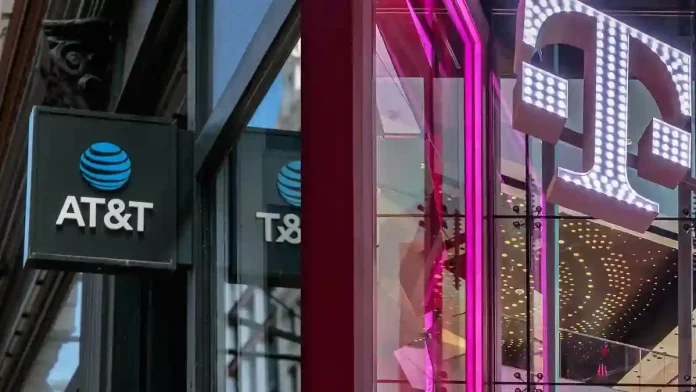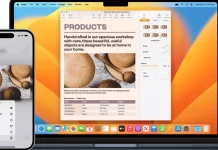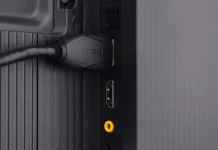AT&T has officially deployed its 5G Standalone (SA) network across the United States, five years after T-Mobile became the first carrier to do so. Despite T-Mobile’s early lead, AT&T’s SVP and Network CTO, Yigal Elbaz, downplayed the gap, saying that being first doesn’t necessarily mean being the most reliable. That statement may not be far from the truth.
AT&T Surpasses T-Mobile in 5G Download Speeds
A recent speed test by Tech Life Channel compared AT&T’s and T-Mobile’s 5G performance under similar conditions. Conducted near a cell tower serving both networks, the test produced some surprising results.
- AT&T: 1,543 Mbps download, 132 Mbps upload
- T-Mobile: 1,120 Mbps download, 138 Mbps upload
The results stayed consistent across multiple runs, indicating that AT&T’s SA rollout may have significantly boosted its data throughput.
Latency and Uplink Still Favor T-Mobile
Despite AT&T’s faster downloads, T-Mobile maintained an edge in latency and upload speeds. Its lower latency translates to smoother performance in real-time applications like online gaming and video calls. The credit likely goes to T-Mobile’s Low Latency, Low Loss, Scalable Throughput (L4S) technology, activated in late July.
L4S reduces content load times and keeps delays minimal — a critical factor for users who rely on responsive connectivity.
T-Mobile’s slight advantage in uploads is also consistent with its recent focus on improving uplink performance, further cementing its hold in areas requiring robust two-way data transmission.
AT&T Still Catching Up to 5G Advanced
While AT&T’s 5G SA rollout is a major milestone, T-Mobile remains the only U.S. carrier with 5G Advanced activated — the next evolution of 5G technology. This upgrade enables features like uplink Tx switching and L4S, which enhance efficiency, reliability, and real-time responsiveness.
For AT&T, closing that technological gap will take time, but its early SA performance suggests it’s heading in the right direction.
Why Peak Speeds Don’t Tell the Full Story
It’s important to note that the test was performed near a tower — an optimal location not representative of everyday use. Most users will experience far lower speeds, influenced by factors like signal strength, congestion, and network configuration.
Additionally, the experiment wasn’t conducted in a controlled setting. It’s unclear whether both devices used identical modems or if network conditions were consistent. For context, while T-Mobile showcased peak 5G speeds of 6.3 Gbps earlier this year, its median download speed sits around 299 Mbps, highlighting the difference between lab conditions and real-world scenarios.
AT&T’s 5G Push Is Gaining Momentum
Although AT&T’s 5G SA network isn’t yet available to everyone, the company is rapidly expanding its coverage. The results from early performance tests — even informal ones — indicate real progress.
T-Mobile’s multi-year lead may still stand, but AT&T’s rapid catch-up signals that the U.S. 5G race is far from over.





